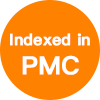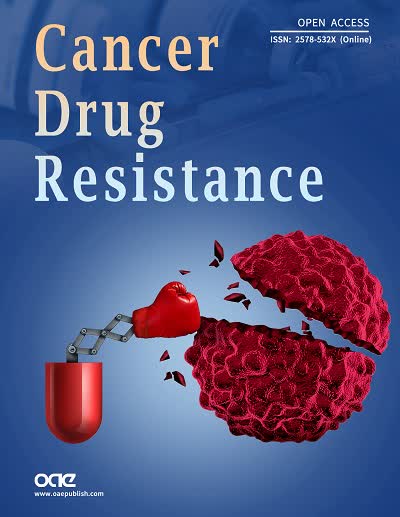fig2

Figure 2. Main determinants of therapeutic failures in glioblastoma. (A) BBB can prevent the transport of most macromolecule therapeutics (e.g., immune checkpoint inhibitors), cell-based therapies, and most oncolytic viruses; (B) Within the glioblastoma, TME is a severely immunosuppressive local environment that can inhibit the function of most immunotherapies; (C) Clonal heterogeneity represents a complex problem for targeted therapeutics (e.g., receptor tyrosine kinase inhibitors and α-VEGF) to attack glioblastoma tumor cells effectively; (D) Various mechanisms for glioblastoma tumor cells to evade immune attack: tumor cells derived soluble factors (e.g., IL-4, IL-13, prostaglandin E2, and TGF-β) can suppress T cell proliferation; T cell exhaustion induced by prolonged antigen exposure can severely diminish CD8 CTL mediated cancer killing; FOXP3+ CD4 Tregs also block T cell activation. (Created with BioRender.com). BBB: Blood-brain barrier; CTL: cytotoxic T cell; DC: dendritic cell; ICIs: immune checkpoint inhibitors; MDSCs: myeloid-derived suppressor cells; TAMs: tumor-associated macrophages; TME: tumor microenvironment.











